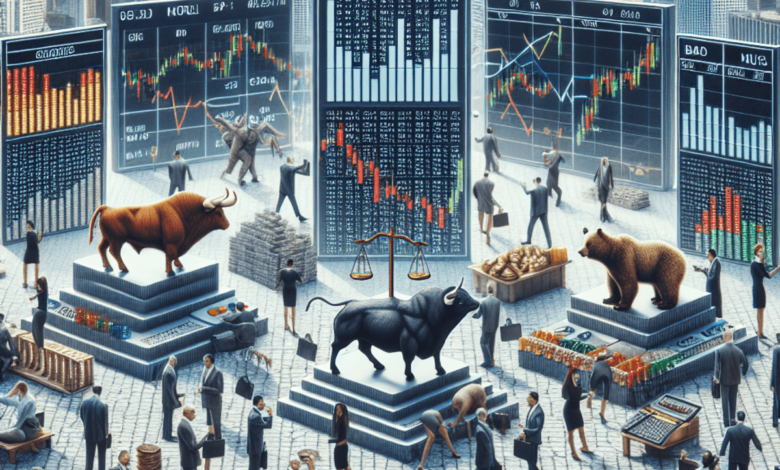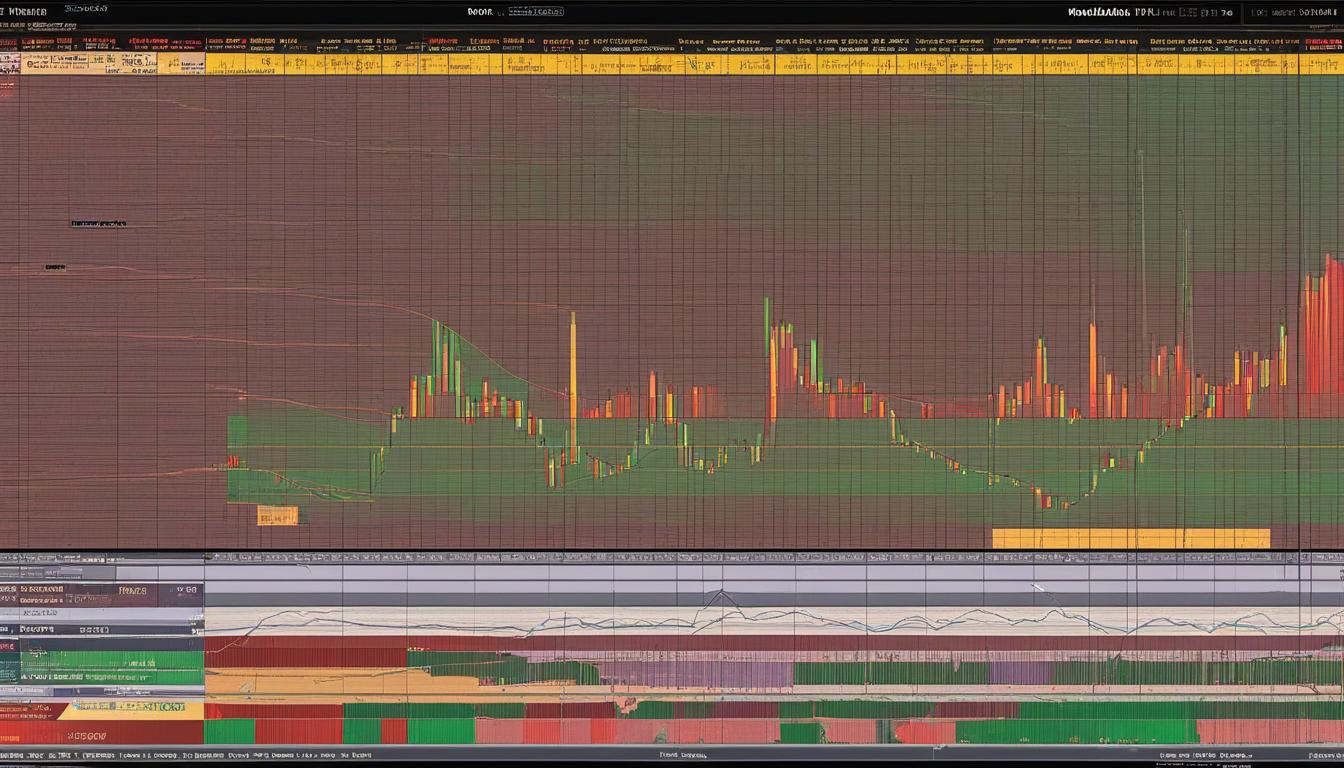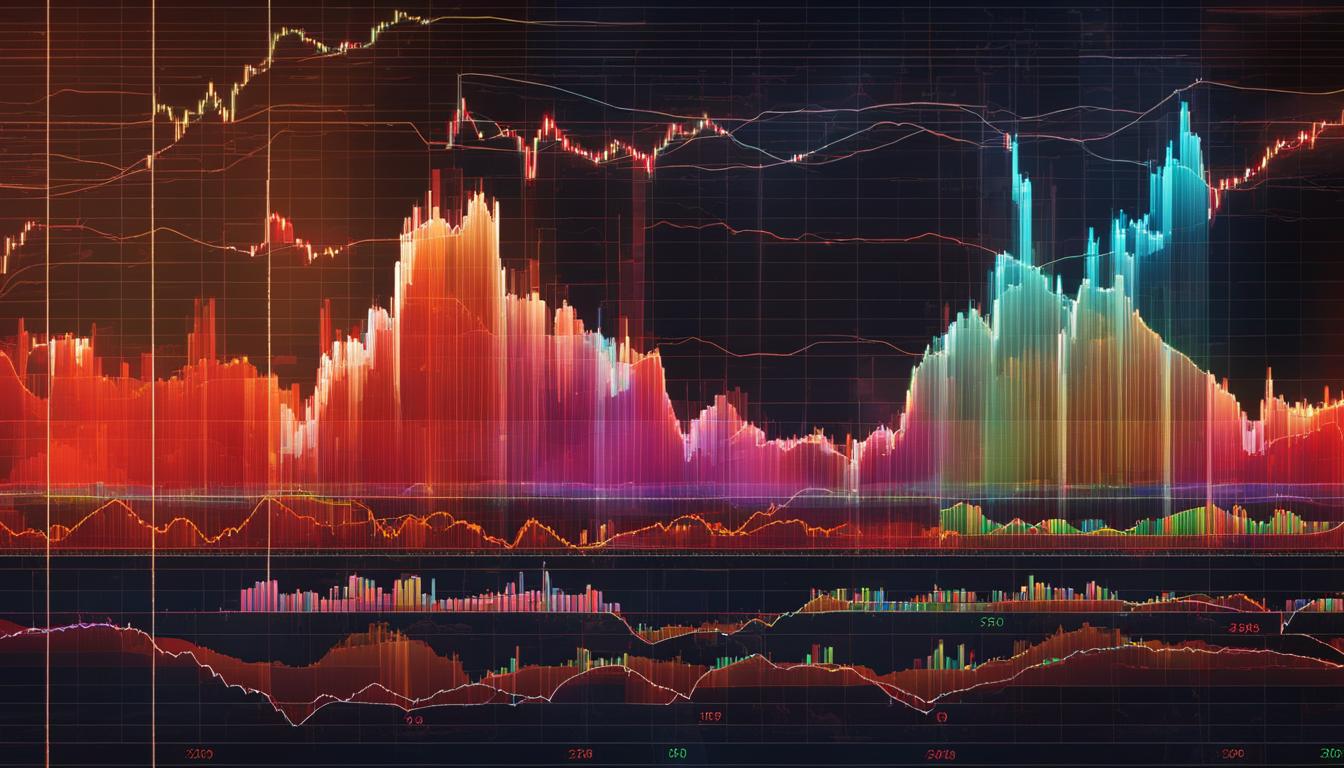How Economic Events Influence Options Markets: Expert Insights

Introduction
The options market is an essential part of the financial world. It offers traders the ability to manage risks and make predictions about future price movements. Options are influenced by various economic factors that can impact their value and volatility.
In this article, we will explore how economic events shape options markets. We’ll discuss:
- Neutral options strategies for enhancing portfolios
- Exercising an option and its significance
- Advanced strategies using option moneyness
- The difference between historical volatility and implied volatility in trading decisions
Understanding the Key Factors Influencing Options Markets
1. Interest Rate Changes
Interest rate fluctuations significantly impact the value of options, especially call and put contracts. When central banks adjust interest rates, it alters the cost of borrowing money, which in turn affects corporate profits and consumer spending. This economic ripple effect influences the broader financial landscape, including options markets.
Impact on Call and Put Contracts
- Call Options: An increase in interest rates generally leads to a rise in call option premiums. Higher interest rates increase the cost of carry (the opportunity cost of holding an investment), making it more expensive for investors to hold stocks. As a result, investors may prefer buying call options over owning the stock outright.
- Put Options: Conversely, higher interest rates can lead to lower premiums for put options. The rationale is that as borrowing costs rise, stock prices may decline due to reduced consumer and business spending, increasing the likelihood that put options will be exercised.
Understanding these dynamics helps traders make informed decisions about which type of option contract to engage with based on prevailing interest rate trends.
Relationship Between Interest Rates and Market Volatility
Interest rates also have a profound impact on market volatility. When interest rates rise, market volatility often increases due to heightened uncertainty about economic growth and corporate earnings. This increased volatility can lead to higher option premiums as investors seek protection against potential market downturns.
Implications for Options Traders:
- Increased Premiums: Higher volatility usually means higher option premiums. Traders might find opportunities in selling options during periods of high volatility since they can collect larger premiums.
- Strategic Positioning: Traders need to closely monitor central bank announcements and economic indicators that signal potential rate changes. Adapting strategies such as rolling options can help manage positions effectively during volatile periods.
The interplay between interest rates and market dynamics is just one aspect of how economic events influence options markets. Next, we will delve into how employment reports shape investor sentiment and impact options trading strategies.
2. Employment Reports
Key employment indicators, such as non-farm payrolls and unemployment rates, heavily influence investor sentiment and subsequently the demand for options. When employment data is strong, it often signals economic strength, encouraging investors to take on more risk. This can lead to an increased demand for call options as traders expect higher stock prices.
On the other hand, when employment data is weak, it can drive investors towards safer assets. In these situations, the demand for put options usually goes up as traders try to protect themselves against potential market downturns. Safe-haven assets like gold and government bonds also become more appealing.
Impact of Employment Data on Options Trading
Consider the case where unexpectedly high unemployment figures were released. This data often leads to a spike in market volatility due to the uncertainty it creates, triggering significant moves in options prices. For instance, during the 2008 financial crisis, poor employment statistics led to increased market fear, significantly driving up the value of put options.
Key Points:
- Strong Employment Data: Boosts market confidence, increases demand for call options.
- Weak Employment Data: Heightens market fear, raises demand for put options and safe-haven assets.
In another example, when positive job growth was reported in early 2021 amidst the COVID-19 recovery phase, there was a noticeable uptick in call option activity as traders anticipated economic recovery.
Employment reports not only shape market sentiment but also provide important insights into economic health, directly influencing trading strategies and decisions in the options markets. By staying informed about these key indicators, traders can better navigate the ups and downs of market volatility.
3. Geopolitical Events
Geopolitical events often have a big impact on the options markets. They can affect specific sectors more than others, creating both risks and opportunities for traders.
Linkages Between Geopolitical Developments and Options Markets:
- Sector-Specific Impacts: Geopolitical tensions, such as trade wars or conflicts, usually affect certain sectors more than others. For example, energy stocks may see more ups and downs during Middle East conflicts, which can be a good time to trade call options on oil companies.
- Market Volatility: Political instability can cause the market to become more volatile. When this happens, both call options and put options become more expensive, which means there’s potential for higher profits but also higher risks.
Opportunities in Options Trading:
- Hedging Strategies: When there’s uncertainty in the world, traders might use put options to protect themselves against potential losses in stock prices. This helps balance out the risk while still having a chance to make money if things go well.
- Capitalizing on Volatility: High volatility caused by geopolitical events can lead to profitable situations for those who know what they’re doing. Using tools like the RSI Indicator, which helps predict market trends, can make it easier to decide when to buy or sell options.
- Influence Of Trading Halts On Options Trading: It’s also important to understand how trading halts can affect options trading. By knowing about these risks and being able to navigate through complicated situations during volatile times, you can better manage your investments.
- FX Spot vs FX Option Trading: In addition, combining economic factors like interest rate changes and employment reports with geopolitical events can help you make smarter decisions about your investments during unpredictable times. Understanding the differences between FX Spot and FX Option trading can provide even more insight into this.
Strategies for Navigating Economic Event Risk in Options Trading
Economic uncertainty can significantly impact options markets, making it crucial for traders to employ effective risk management strategies. Here are some practical methods to mitigate potential downsides:
1. Hedging with Options
Using options to hedge existing positions can provide insurance against adverse market movements. For example:
- Protective Puts: Buying put options on a stock you own can limit losses if the stock price falls.
- Covered Calls: Writing call options on stocks you hold can generate income and offset potential declines.
2. Diversification
Spreading investments across various asset classes or sectors reduces exposure to any single risk. This strategy helps manage the impact of unexpected economic events.
3. Monitoring Volatility Indicators
Understanding and tracking volatility indicators like the VIX can provide insights into market sentiment. Tools such as the Volatility Smile guide help traders anticipate price movements and adjust their strategies accordingly.
4. Adjusting Position Sizes
Scaling down position sizes during periods of heightened uncertainty limits potential losses. This approach ensures that no single trade has an outsized impact on your portfolio.
5. Staying Informed
Keeping abreast of economic indicators and news feeds allows traders to anticipate market reactions. Resources discussing the consequences of decreasing implied volatility offer valuable insights for adjusting trading strategies. Additionally, understanding the dynamics of call vs put options can help traders make informed choices based on their investment goals.
By implementing these strategies, traders can navigate the complexities of economic event risks more effectively.
Conclusion
Staying informed about key economic events is crucial for options traders. The impact of interest rate changes on call and put options, the effect of employment reports on market volatility and sentiment, and the influence of geopolitical events on market uncertainty and safe-haven assets are significant factors that can shape trading outcomes.
Leveraging this knowledge, traders can:
- Mitigate risks: Implementing robust risk management strategies during times of economic uncertainty helps safeguard investments.
- Identify opportunities: Recognizing how different economic scenarios affect options markets can uncover lucrative trading opportunities.
For a deeper dive into various aspects of options trading, explore our comprehensive guides on comparing different broker types for options trading, understanding call options, and grasping options settlement procedures. Understanding these dynamics empowers you to navigate options trading with confidence.







